Contact: ecc11-org (at) nonlineaire.univ-lille1.fr

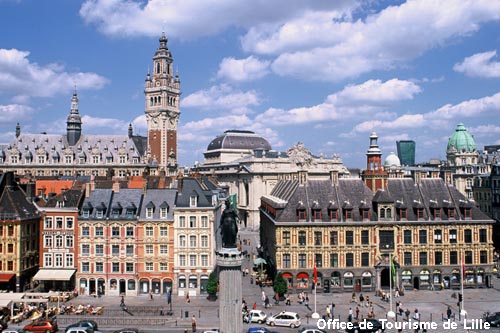
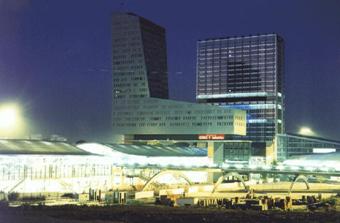
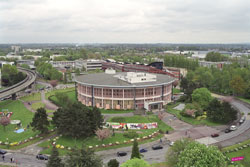
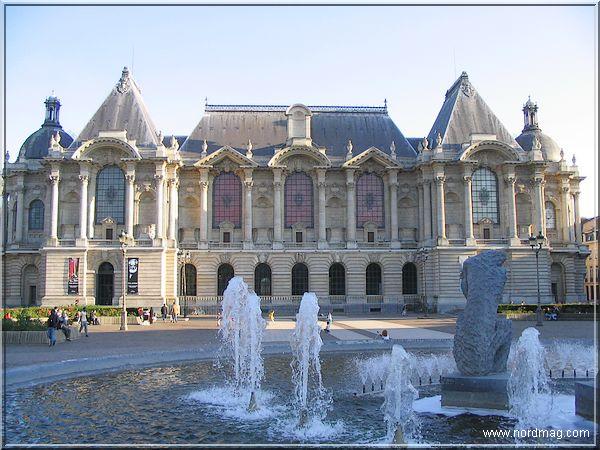

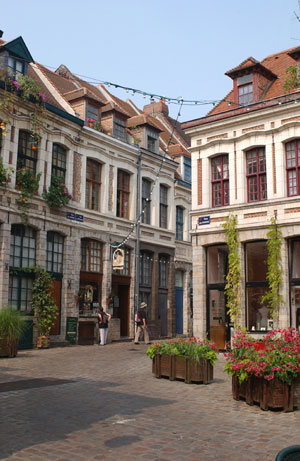

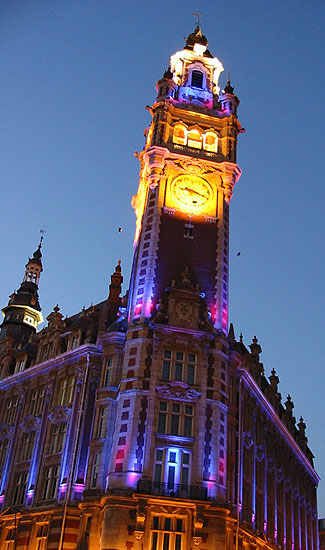
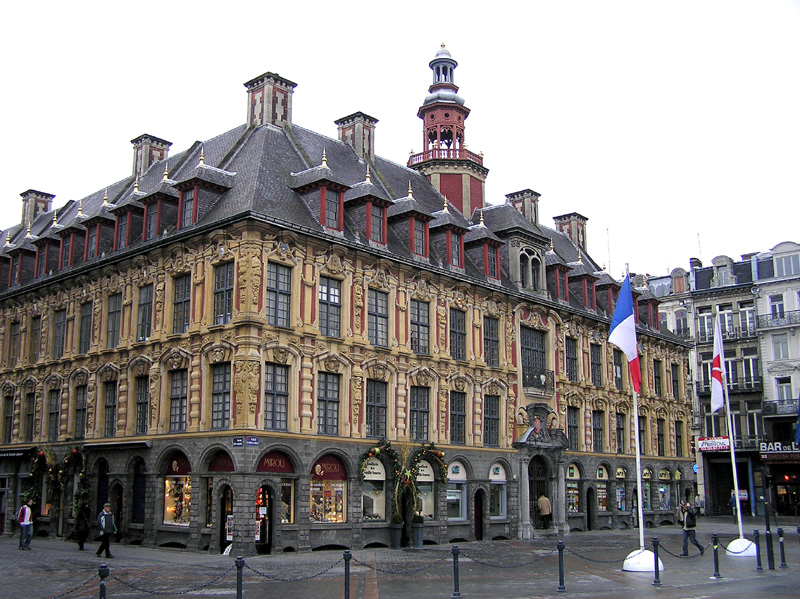
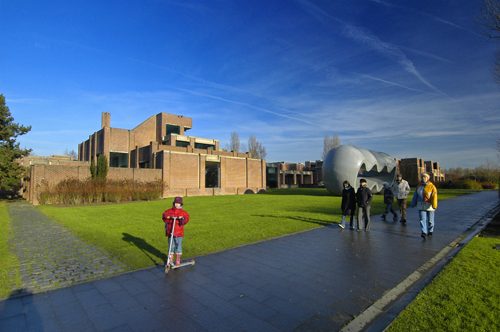


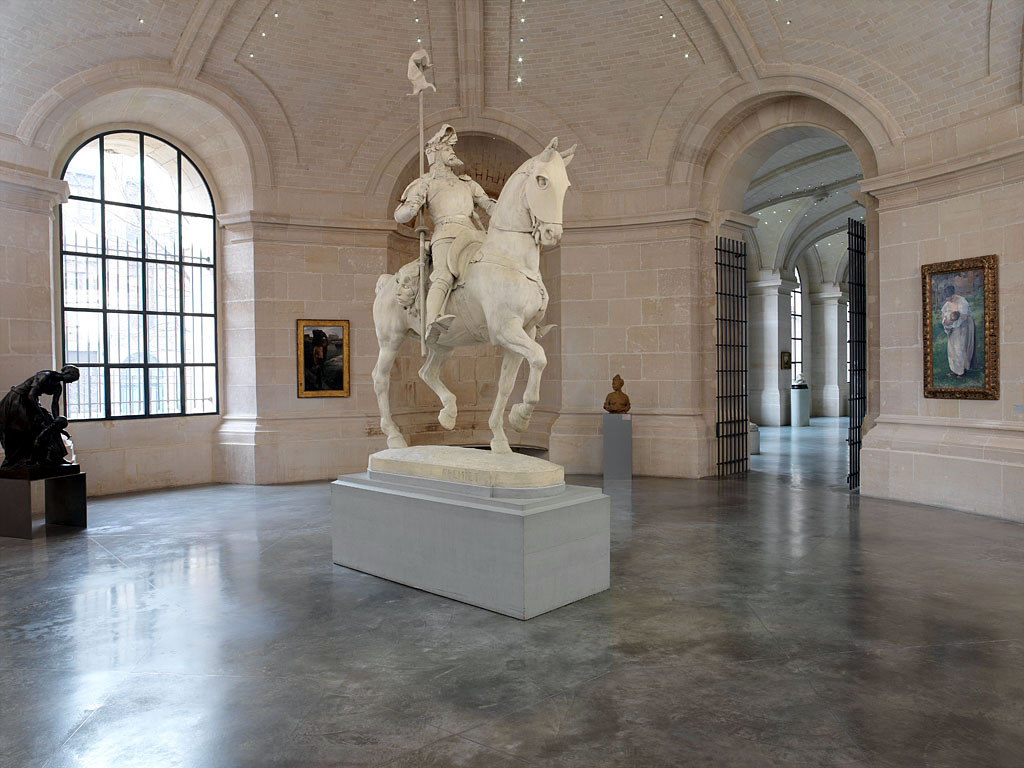

Emmanuelle GOUILLART
Joint Unit CNRS/Saint-Gobain, Saint-Gobain Recherche, France
http://www.saint-gobain-recherche.com/svi/en/emmanuelle_gouillart.html
Research interests: chaotic mixing of Newtonian and complex fluids; granular
materials undergoing phase transitions.
Topological entanglement and transport barriers in the chaotic mixing of fluids
In the absence of turbulence, mixing viscous fluids by stirring at low Reynolds number is difficult. Efficient mixing is realized by protocols promoting chaotic advection, where neighboring Lagrangian particles separate exponentially fast. For 2-dimensional flows, the phase space of Lagrangian trajectories corresponds to the physical fluid domain, and can therefore be visualized directly. Our research seeks to understand the mechanisms that control the speed of mixing, and to identify relevant criteria of mixing quality. We study mostly rod-stirring protocols, that model many industrial mixing protocols.
Historically, the characterization of chaotic mixing has relied on Poincaré sections and Lyapunov exponents. New methods inspired by braid theory have emerged since the 2000's, paving the way for a topological study of chaotic mixing. We have proposed a topological description of mixing by the entanglement of periodic orbits that we called "ghost rods". In particular, a lower boundary on the topological entropy of the flow (hence, the stretching factor of material lines and dye filaments) is given by the braiding factor of periodic orbits. We discuss the extension of such methods to non-periodic orbits.
We also examine the link between the phase portrait of mixing protocols, and the rate of homogenization of a diffusive dye. When the chaotic region extends to the no-slip walls of the fluid vessel, we observe a slow algebraic decay of the inhomogeneity. The peripheral fluid region "sticking" to the no-slip vessel wall is shown to slow down mixing in the whole domain, as unmixed fluid initially close to the wall ends up escaping in the bulk. On the other hand, when the wall of the vessel is rotated, the fluid domain is divided into a central isolated chaotic region and a peripheral regular region. As a result, the bulk is insulated from the slow stretching region at the wall, and we observe an exponential decay of scalar inhomogeneity, and the convergence of the dye pattern to a self-similar pattern that repeats over time. For all these mixing experiments, we make quantitative predictions of the rate of mixing from the rate at which particles in the regions of slowest stretching escape in the bulk.